17 Powerhouse Foods to Help Manage Your Blood Sugar Levels: A Delicious Guide to Smart Eating
Ever felt that jittery crash after a sugary treat? That’s your blood sugar levels taking a rollercoaster ride.
Blood sugar, also known as blood glucose, is the main source of energy for your cells. But when it fluctuates wildly, it can wreak havoc on your health, mood, and energy levels.
If you’re looking for ways to keep your blood sugar in check, you’ve come to the right place! Forget bland restrictions and boring diets.
We’re diving into a world of delicious, blood sugar-friendly foods that will tantalize your taste buds and keep you feeling fantastic.
This comprehensive guide explores 17 superstar ingredients that can be easily incorporated into your meals and snacks.
We’ll delve into the science behind each food’s magic, provide tips for preparation, and even share some recipe inspiration to get you started.
So, ditch the confusion and embrace a world of flavorful, blood sugar-balancing goodness!
Understanding Blood Sugar and Why it Matters
Before we explore the hero foods, let’s understand the battlefield. Blood sugar regulation is a complex dance between your body and the food you consume.
When you eat carbohydrates, your body breaks them down into glucose, which enters your bloodstream. This rise in blood sugar triggers the pancreas to release insulin, a hormone that helps your cells absorb glucose for energy.
Ideally, this process happens smoothly, maintaining a steady blood sugar level. However, factors like refined carbohydrates, sugary drinks, and certain medical conditions can disrupt this balance.
This can lead to chronically high blood sugar (hyperglycemia), a hallmark of diabetes and a risk factor for other health problems.
Here’s where our superstar foods come in! They boast an array of properties that can help regulate blood sugar, including:
- High Fiber Content: Fiber slows down the absorption of glucose into your bloodstream, preventing spikes and crashes.
- Low Glycemic Index (GI): GI measures how quickly a food raises blood sugar. Low-GI foods are digested slowly, leading to a more gradual rise in blood sugar.
- Rich in Healthy Fats: Healthy fats can improve insulin sensitivity and help your body utilize glucose more efficiently.
- Protein Power: Protein can also help with blood sugar control by promoting satiety and preventing overeating.
The Magnificent 17: Unveiling Blood Sugar-Balancing Superstars
Now, let’s meet the all-star cast ready to transform your plate into a blood sugar-balancing haven!

1. Leafy Green Powerhouses: Kale, Spinach, and Collard Greens
These vibrant greens are more than just pretty garnishes. They’re loaded with fiber, vitamins, and minerals, making them a nutritional powerhouse.
The slow-digesting fiber in these greens helps regulate blood sugar by preventing spikes.
Tips: Sauté them with garlic and olive oil for a delicious side dish, blend them into smoothies, or add them to your favorite omelets and stir-fries.

2. Cruciferous Champions: Broccoli, Cauliflower, and Brussels Sprouts
These cruciferous vegetables are rich in sulforaphane, a plant compound with potential blood sugar-lowering properties.
Studies suggest it may improve insulin sensitivity and glucose metabolism.
Tips: Roast them with olive oil and spices for a satisfying snack, or steam them and drizzle with a low-sugar lemon vinaigrette.

3. Bean Bonanza: Black Beans, Kidney Beans, and Lentils
Beans and lentils are a triple threat for blood sugar control.
They’re packed with fiber, protein, and resistant starch, a type of fiber that feeds beneficial gut bacteria and promotes slow glucose release.
Tips: Whip up a hearty chili, add them to salads, or explore delicious vegetarian bean burgers.

4. Nutty Delights: Almonds, Walnuts, and Chia Seeds
Nuts and seeds are tiny powerhouses brimming with healthy fats, fiber, and protein. These nutrients work together to regulate blood sugar and keep you feeling satiated.
Tips: Enjoy a handful of nuts as a snack, sprinkle them on yogurt or oatmeal, or add them to homemade trail mix for a portable energy boost.

5. The Fiber Fiesta: Berries
Berries are a delightful explosion of flavor and antioxidants. They’re lower in sugar compared to other fruits and boast a good amount of fiber, which helps slow down the absorption of sugar into your bloodstream.
Tips: Enjoy a handful of berries as a snack, add them to yogurt parfaits, or blend them into a refreshing smoothie.

6. The Creamy Companion: Greek Yogurt
Greek yogurt is a protein powerhouse. The protein content in Greek yogurt helps regulate blood sugar by promoting satiety and preventing blood sugar spikes after meals. Choose plain Greek yogurt and add your own flavorings with berries, nuts, or a sprinkle of cinnamon.
Tips: Dollop it on top of fruit for a satisfying breakfast, use it as a base for savory dips, or enjoy it as a post-workout snack.

7. The Fat-tastic Friend: Avocados
Avocados are nature’s creamy gift, loaded with healthy monounsaturated fats. These fats can improve insulin sensitivity and help your body utilize glucose more efficiently.
Tips: Mash them into guacamole for a satisfying dip, add them to salads for a creamy texture, or slice them onto whole-wheat toast for a delightful breakfast.

8. The Whole-Grain Wonder: Oats and Oat Bran
Oats and oat bran are champions when it comes to blood sugar control. They’re rich in soluble fiber, which forms a gel-like substance in your digestive tract, slowing down the absorption of sugar.
Tips: Prepare a bowl of oatmeal with berries and nuts for a filling breakfast, or add oat bran to smoothies or baked goods for a fiber boost.

9. The Citrusy Stars: Grapefruits and Oranges
Grapefruits and oranges are packed with vitamin C, an antioxidant that may improve insulin sensitivity and reduce inflammation, both of which can benefit blood sugar control.
Additionally, the fiber content in these citrus fruits helps with blood sugar regulation.
Tips: Enjoy them whole as a refreshing snack, squeeze them into homemade salad dressings, or add a splash to your morning water for a citrusy kick.

10. The Seed Sensation: Flaxseeds
Flaxseeds are tiny nutritional powerhouses bursting with omega-3 fatty acids, fiber, and lignans.
These components work together to improve insulin sensitivity and slow down carbohydrate digestion, promoting steady blood sugar levels.
Tips: Grind flaxseeds into a meal and add them to smoothies, yogurt parfaits, or sprinkle them on top of salads and cereals for an extra nutritional boost.

11. The Fermented Favorite: Kimchi and Sauerkraut
Kimchi and sauerkraut are fermented vegetables teeming with beneficial gut bacteria, also known as probiotics.
Studies suggest that probiotics may improve insulin sensitivity and aid in blood sugar management.
Tips: Enjoy kimchi as a side dish with Korean BBQ or add a spoonful of sauerkraut to your next burger for a tangy twist.

12. The Mighty Mushroom: Shiitake and Portobello Mushrooms
Mushrooms are not only delicious but also boast potential blood sugar-balancing properties. Some studies suggest they may help regulate blood sugar levels and improve insulin sensitivity.
Tips: Sauté them with garlic and herbs for a flavorful side dish, stuff portobello mushrooms with your favorite fillings for a vegetarian main course, or add them to stir-fries for a meaty texture.

13. The Spice Symphony: Cinnamon and Turmeric
These vibrant spices are more than just flavor enhancers. Cinnamon may improve insulin sensitivity and help regulate blood sugar levels.
Turmeric, with its active compound curcumin, possesses anti-inflammatory properties that may benefit blood sugar control.
Tips: Sprinkle cinnamon on oatmeal, yogurt, or apples for a warm and inviting flavor. Add turmeric to curries, stir-fries, or even scrambled eggs for a touch of earthy goodness.

14. The Seafood Sensation: Salmon and Tuna
Fatty fish like salmon and tuna are rich in omega-3 fatty acids, which have been linked to improved insulin sensitivity and reduced inflammation, both contributing to better blood sugar control.
Tips: Bake or grill salmon for a healthy and flavorful main course, or whip up tuna salad for a protein-packed sandwich.
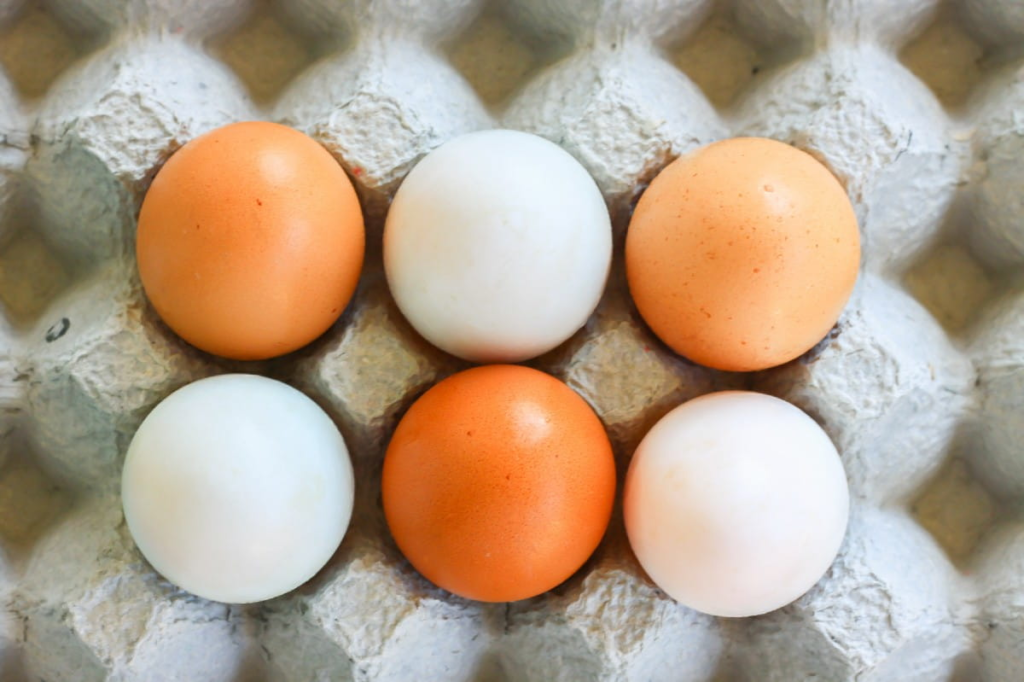
15. The Egg-cellent Option: Eggs
Eggs are a breakfast staple for good reason. They’re a complete protein source, meaning they contain all the essential amino acids your body needs. Protein helps with satiety and may also contribute to regulating blood sugar levels.
Tips: Enjoy eggs in any way you like – scrambled, fried, boiled, or poached. They’re a versatile ingredient that can be incorporated into various meals throughout the day.
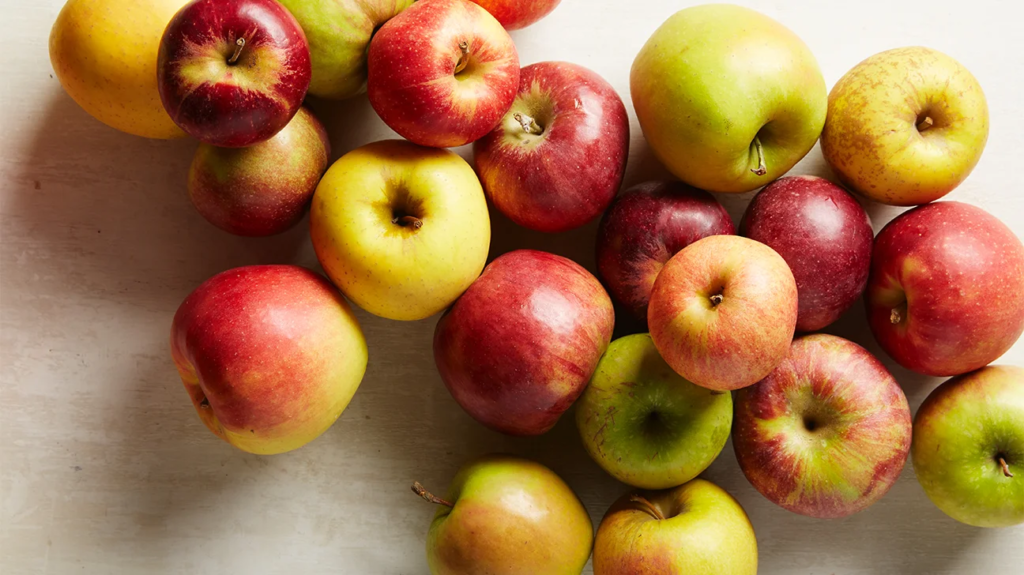
16. The Apple Advantage: Apples with the Skin On
An apple a day might just keep the doctor away, especially when it comes to blood sugar control.
Apples are a good source of fiber, which helps regulate blood sugar absorption. Plus, keeping the skin on provides an extra dose of beneficial nutrients.
Tips: Enjoy a whole apple as a satisfying snack, slice them onto salads for a sweet and crunchy addition, or bake them with cinnamon for a warm and comforting dessert.

17. The Vinegar Powerhouse: Apple Cider Vinegar
Apple cider vinegar (ACV) has gained popularity for its potential health benefits. Studies suggest that ACV may improve insulin sensitivity and help regulate blood sugar levels.
Conclusion
Remember, managing blood sugar is a journey, not a destination.
By incorporating these blood sugar-balancing superstars into your diet and making mindful choices, you can create a sustainable and delicious eating pattern that supports your health and well-being.
Disclaimer: This information is for educational purposes only and should not be construed as medical advice. Always consult with your physician before making any dietary changes, especially if you have a pre-existing medical condition.
Tips: Dilute ACV with water and consume it before meals. You can also use it in salad dressings or marinades for a tangy flavor boost.
Remember, consistency is key! By incorporating these blood sugar-balancing superstars into your meals and snacks on a regular basis, you can take control of your blood sugar and experience a newfound sense of energy and well-being.
FAQs
Are there any foods I should completely avoid if I’m concerned about blood sugar?
While moderation is key, it’s generally recommended to limit processed foods, sugary drinks, and refined carbohydrates. These foods can cause rapid spikes in blood sugar and contribute to blood sugar imbalances.
Do I need to follow a strict diet to manage my blood sugar?
Not necessarily! Focus on creating a sustainable and balanced eating pattern that incorporates plenty of blood sugar-friendly whole foods like fruits, vegetables, whole grains, legumes, and healthy fats.
What if I have a sweet tooth? How can I satisfy cravings without sabotaging my blood sugar?
There are plenty of ways to indulge your sweet tooth in a healthy way! Opt for naturally sweet fruits, frozen yogurt with berries and nuts, or dark chocolate squares (at least 70% cacao). You can also experiment with sugar substitutes like stevia or monk fruit in moderation.
What are some lifestyle changes I can make to further improve my blood sugar control?
Regular exercise is crucial! Aim for at least 30 minutes of moderate-intensity exercise most days of the week. Additionally, getting enough quality sleep and managing stress levels can also contribute to better blood sugar control.
Should I consult a doctor or registered dietitian for personalized advice?
Absolutely! This information is intended for educational purposes only. A doctor or registered dietitian can create a personalized plan that considers your individual needs and health conditions.
Reference Links
- American Diabetes Association: https://diabetes.org/
- National Institute of Diabetes and Digestive and Kidney Diseases: https://www.niddk.nih.gov/
- Harvard School of Public Health: https://www.hsph.harvard.edu/nutrition/
- Academy of Nutrition and Dietetics: https://www.eatright.org/
Disclaimer: The information in this article is for educational purposes only and should not be construed as medical advice. Always consult with your physician before making any dietary changes, especially if you have a pre-existing medical condition.




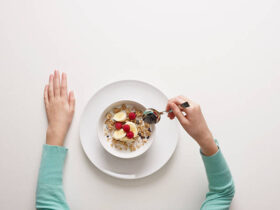


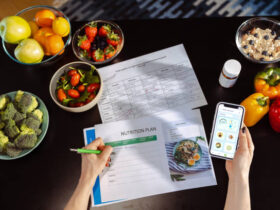
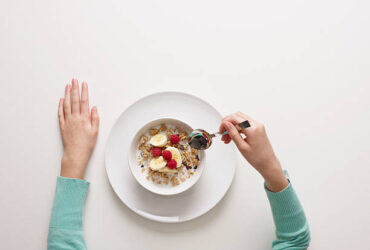

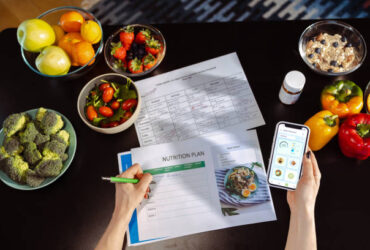




Leave a Reply